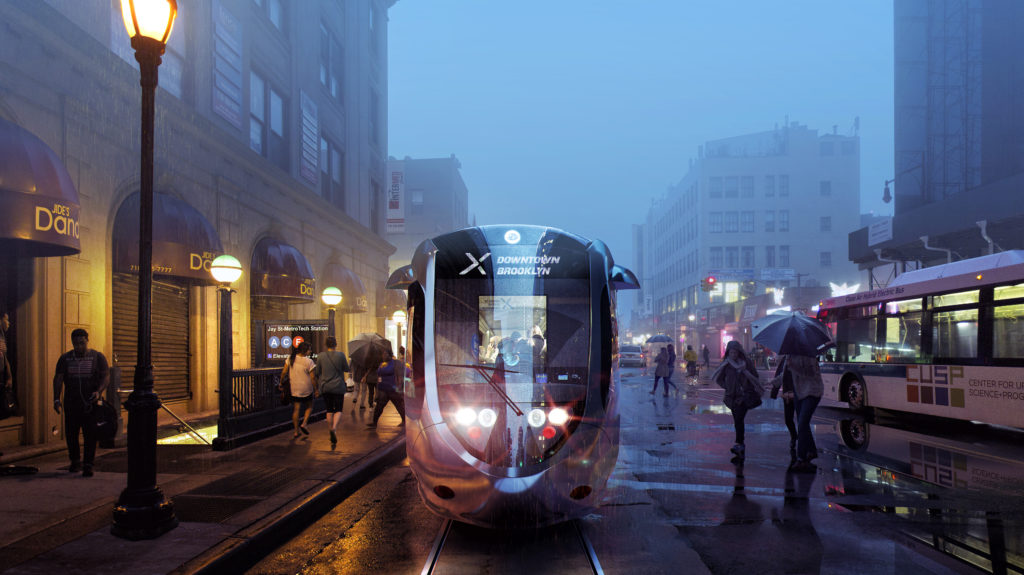BQX streetcar’s future could be in President Trump’s hands
The city needs $1.4 billion in federal funds.

The future of the Brooklyn-Queens Connector streetcar (the BQX, for short) relies on roughly $1.4 billion in federal funding — and the willingness of whoever sits in the White House in 2021 to sign off on it, according to officials.
That figure is more than half of the entire cost of the $2.7 billion trolley, said Seth Myers, the executive vice president of the city’s Economic Development Corporation. Myers was one of several people who testified on Thursday at the City Council’s first BQX Task Force public hearing.
Myers said the project’s remaining $1.3 billion would be raised through value capture, a financing scheme that recaptures the cost of infrastructure investment through property tax revenues. This method depends on property values rising as a result of the investment.

Brooklyn Boro
View MoreNew York City’s most populous borough, Brooklyn, is home to nearly 2.6 million residents. If Brooklyn were an independent city it would be the fourth largest city in the United States. While Brooklyn has become the epitome of ‘cool and hip’ in recent years, for those that were born here, raised families here and improved communities over the years, Brooklyn has never been ‘uncool’.